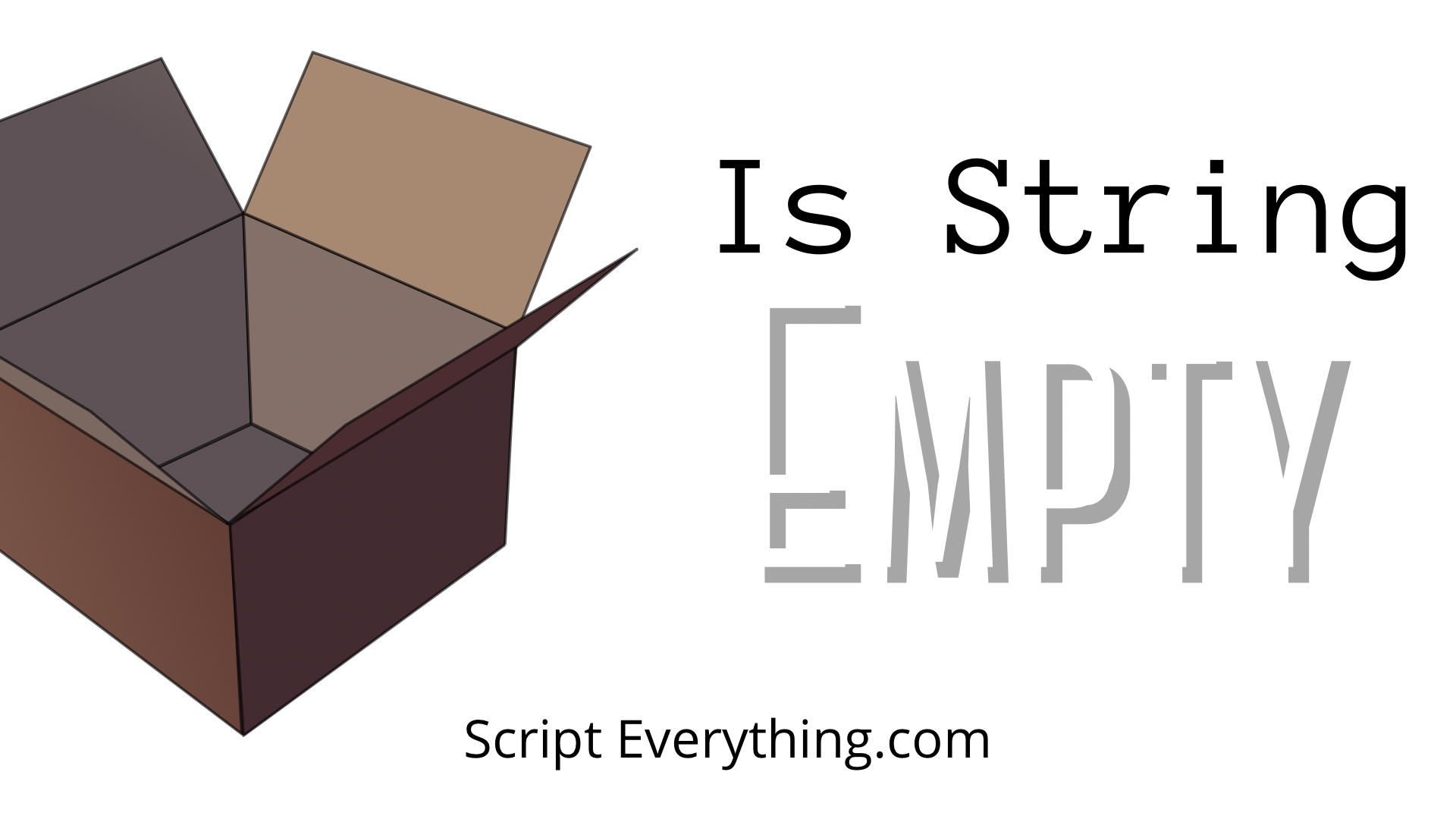How To Add An Empty Element To A List In Python
To insert or append an empty element into a Python list you need to first define what is meant by the word empty. By empty do you mean an empty string, None or something else? While I may use None in this post you can easily substitute it for something else according to your requirements. To add an empty element into a list either replace the existing element with the empty variable or if inserting it at the end use the list method .append() or if inserting it at a specific place use the other list method .insert(). ...
